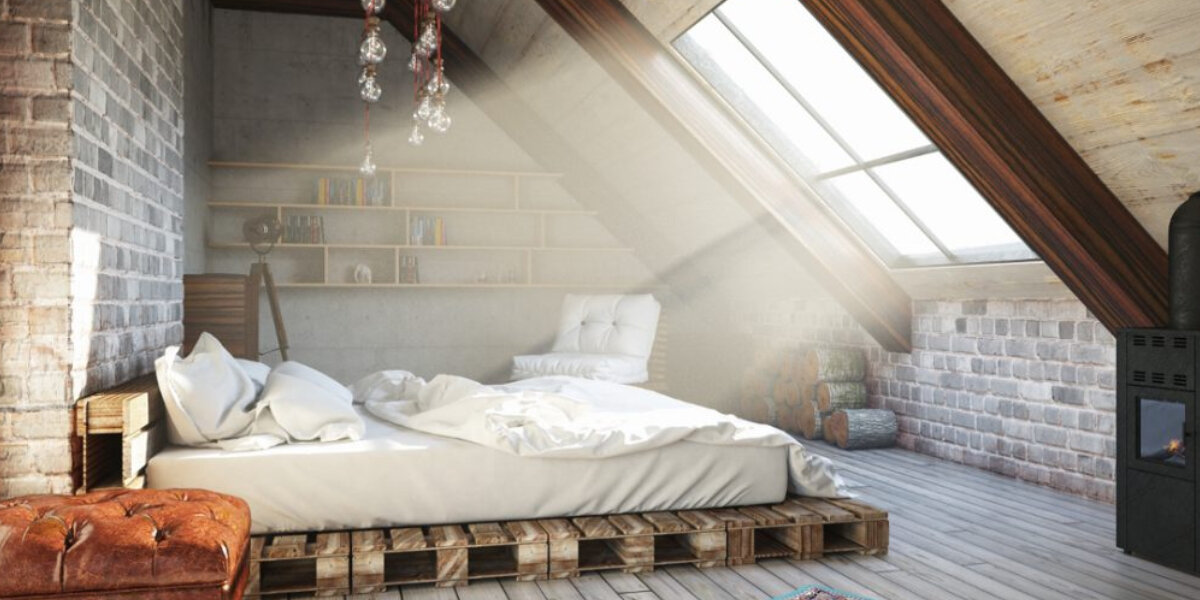Our home should be a place of well-being where we can relax and feel safe. The lighting in a room plays a crucial role, as it gives a room the right atmosphere and should be adapted to the respective functions of a room. However, some points are often ignored, meaning that the lighting in your home can be inefficient and in some cases even dangerous. You should therefore avoid these five mistakes so that you can feel safe and comfortable in your home:
1. Using atmospheric lighting, such as fairy lights, without the VDE or GS mark
Both marks indicate that a product is safe according to EU directives. You should pay close attention to this when buying fairy lights. If you want to use the fairy lights outdoors, where they come into contact with moisture and wetness, among other things, the string lights should also be labelled IP 44.
2. Using inefficient light bulbs:
Incandescent, Halogen and "Energy-saving" bulbs consume significantly more electricity than LED Light bulbs. Even if more efficient light bulbs are an added expense while ordering a new lamp compared to using the free halogen bulbs you have lying around at home, you will notice the difference on your electricity bill.

3. Not Checking Cables and Sockets Regularly
To guarantee the safety of your lighting, it is particularly important to regularly check all sockets, cables and light bulbs. We usually use products once they have been purchased and installed without checking their condition. This is particularly necessary and sensible for seasonal products, such as Christmas decorations. Damage is often not noticed and last year's string lights are reused without being checked.
4. Choosing the Wrong Colour Temperature when Purchasing Light Bulbs
When choosing a light bulb, you should pay attention to the specified colour temperature. For living rooms and bedrooms, you should choose light bulbs with a warm colour temperature of less than 3,300 Kelvin. This light creates a pleasant, relaxed atmosphere. For rooms that need to be well lit, such as studies, bathrooms and possibly also the kitchen, you should choose a higher colour temperature. Light in neutral white (3,300-5,000 Kelvin) or even daylight with over 5,000 Kelvin for the lamp on the bathroom mirror is suitable for this.
5. Only Illuminating Rooms Indirectly
Indirect lighting with the help of fairy lights and decorative lamps usually has a more atmospheric effect than "ordinary" ceiling lighting. However, you should bear in mind that every room requires a certain level of basic lighting depending on its size and function. For a bedroom, you need relatively little light as you want to find peace and quiet here - around 140 lumens per m² is enough.
- For a bedroom of 15 m², this is 2,100 lumens, i.e. four light bulbs of 500 lumens each, for example. In more brightly lit areas such as the kitchen and bathroom, 280 lumens per square metre should be sufficient.
- For a 15 m² kitchen, you therefore need 4,200 lumens - which corresponds to around eight light bulbs with 525 lumens each. You can find more information on this in our article "Lumen".








